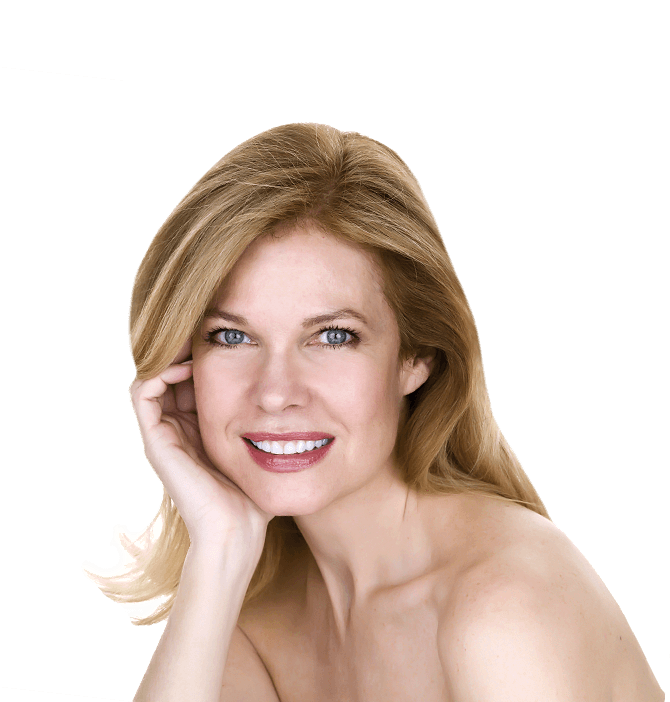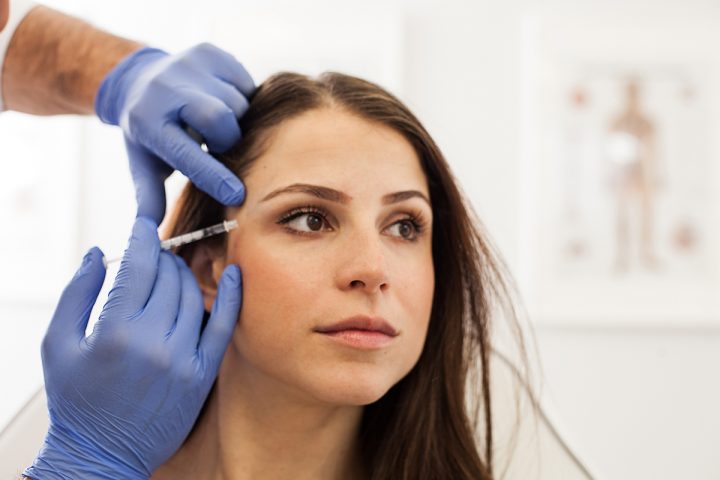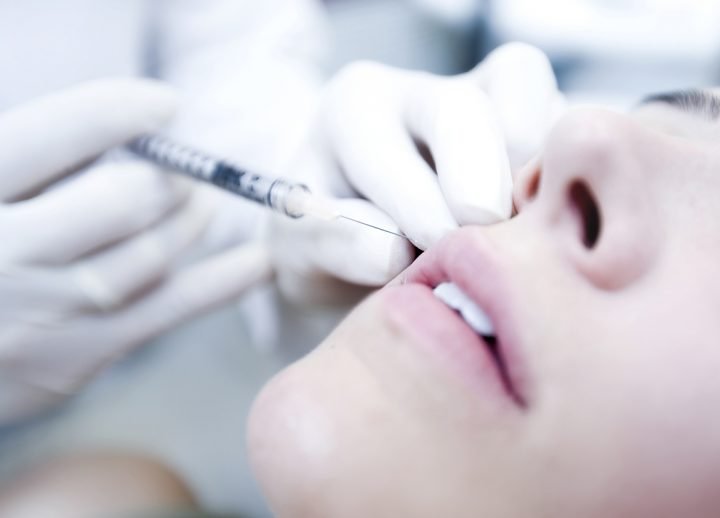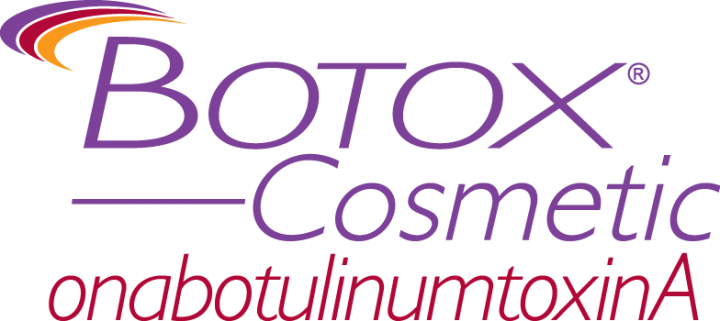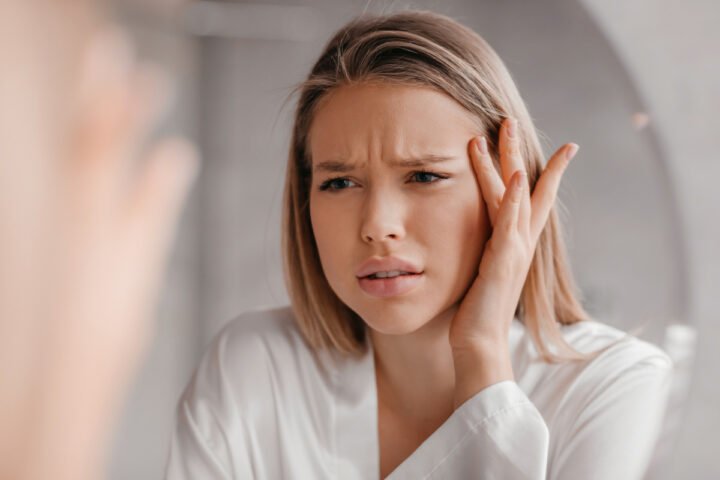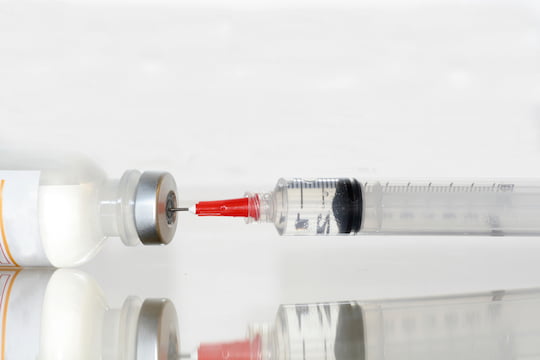Botox: Soften and erase fine lines and wrinkles like crow's feet and forehead lines and lift your facial features
Para ver la pagina en Español haga click aquí.
If you’ve got a furrowed brow or other expression-based wrinkles, consider treating those unsightly lines with Botox® Bellevue. Board-certified cosmetic surgeon Dr. Alex Sobel can comfortably and expertly perform this simple, non-surgical procedure that smooths deep, persistent crow’s feet, frown lines, and indentations between the brows at your convenience. For patients who aren’t quite ready for facelift surgery, Botox offers a safe and effective alternative for reducing visible signs of aging in the upper face.
- Triple board-certified in general cosmetic surgery, facial cosmetic surgery, and otolaryngology
- 15+ years of experience specializing in cosmetic surgery
- Operates in an on-site accredited surgical suite for patient safety and privacy
- National leader in cosmetic surgery, including as Past President of the American Board of Cosmetic Surgery and the American Academy of Cosmetic Surgery, and as an expert speaker at medical conferences
- Former Seattle Met Top Doctor with hundreds of 5-star patient reviews
One ten-minute treatment—just a few tiny injections—relaxes the muscles that cause those lines to form, and keeps them smooth and beautiful for up to four months. Botox Bellevue has been widely tested and is approved by the FDA. The results of the procedure are dramatic and apparent within days.
How Botox Works
Botox is a botulinum toxin type A that is injected directly into muscles in the brow and areas around the eyes. Once injected, Botox effectively interrupts signals between the nerves and muscles to reduce mobility of wrinkle-causing muscles temporarily. The result is a smoother, more relaxed appearance for up to four months.
The Effects of Botox on Your Appearance
When expertly administered, a Botox treatment subtly improves the appearance of the brow, forehead, and lines around the eyes. Your features should not appear “frozen” or completely immobile.
Botox Results
Botox Bellevue treatments typically take just a few minutes and your results should begin to appear over the next few days. Botox results typically last between four to six months.
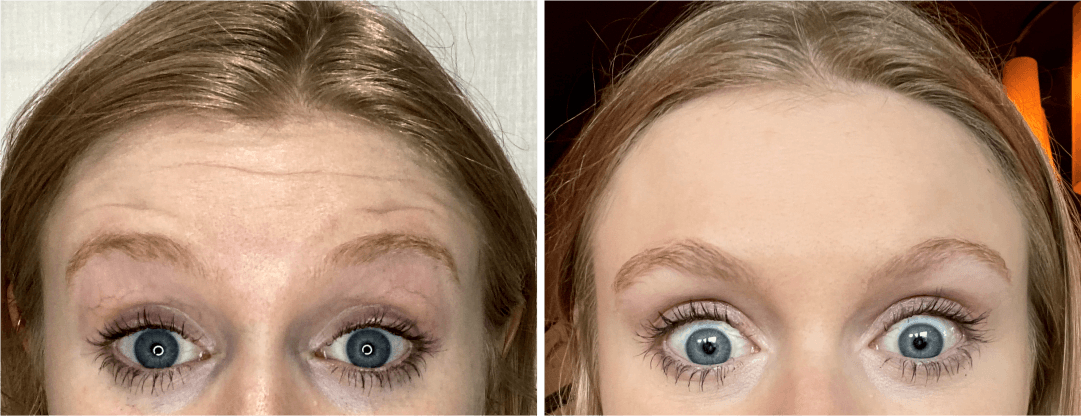
*Individual results may vary on a case-by-case basis
I see Dr. Sobel quarterly for Botox. On this last visit I was injected higher on my forehead than usual. I asked why, and was told that a new tiny line had started to form. Dr. Sobel is on top of it, ALWAYS!
Areas We Can Treat With Botox
Botox is a versatile treatment that can address a wide range of aesthetic and medical concerns:
Upper Face
In the upper face, Botox effectively treats horizontal forehead lines by relaxing the frontalis muscle, reducing the appearance of worry lines and creating a smoother forehead. It also lifts and shapes the eyebrows when injected into the muscles around the brow, which can make the eyes appear larger and more alert.
Eye Area
Around the eyes, Botox is used to soften crow’s feet by targeting the orbicularis oculi muscles, diminishing the fine lines that radiate from the corners of the eyes when smiling or squinting.
Mid & Lower Face
In the mid and lower face, Botox can reduce vertical lip lines, also known as smoker’s lines, and minimize the appearance of a dimpled chin by relaxing the muscles responsible for these contractions.
Mouth Area
Botox can lift the corners of the mouth by relaxing the depressor anguli oris muscles for a more pleasant, upturned resting expression.
Medical Applications
Beyond cosmetic applications, Botox is used medically to treat conditions like bruxism (teeth grinding) by relaxing the masseter muscle to reduce jaw tension and facial width.
Botox also helps in managing excessive sweating (hyperhidrosis) by inhibiting sweat glands, particularly in the underarms, palms, and soles of the feet.
Additionally, Botox helps alleviate chronic migraines by blocking neurotransmitters that carry pain signals from the brain, effectively preventing migraine headaches before they start. Dr. Sobel injects around the pain fibers involved in headaches, which can reduce the frequency and severity of migraine episodes when administered regularly.
Your Botox Consultation with Dr. Sobel
A Botox Bellevue consultation with Dr. Sobel begins with a detailed discussion about your medical history and any previous cosmetic treatments. He will ask about your specific concerns and what you hope to achieve with Botox to ensure your expectations align with what the treatment can realistically provide while still maintaining a natural appearance.
Dr. Sobel will examine the areas you wish to treat, noting your skin condition, the activity of your facial muscles, and facial structure to determine the appropriate sites for injection and the dosage needed. He will also explain the treatment, potential side effects you may experience, and aftercare requirements in detail during your consultation.
- Key Benefits
- Glossary
- Reduction of Fine Lines and Wrinkles: Neuromodulators like Botox are highly effective in smoothing out fine lines and wrinkles, particularly those on the forehead, around the eyes (crow’s feet), and between the eyebrows (frown lines).
- Non-Surgical: This is an injectable treatment, thus offering a non-surgical alternative to more invasive anti-aging procedures.
- Minimal Downtime: Unlike surgical procedures, neuromodulator injections require little to no downtime, allowing patients to return to their normal activities shortly after treatment.
- Preventative Aging Benefits: Regular use of neuromodulators can slow the development of new lines and wrinkles by limiting the facial muscle movements that contribute to wrinkle formation.
- Quick Procedure: The injections are quick, typically taking only about 20 minutes, and the results are noticeable within a few days.
- Temporary: The effects of neuromodulators are temporary, lasting typically 3-6 months, so If a patient is not satisfied with the results, the effects will naturally fade away over time.
- FDA-Approved: Neuromodulator injections like Botox are FDA-approved and have a long-standing record of safety when administered by a qualified professional.
- Additional Medical Benefits: Beyond cosmetic applications, neuromodulators can be used to treat medical conditions such as chronic migraines, excessive sweating (hyperhidrosis), and certain muscular disorders.
- Minimal Side Effects: The side effects are generally minimal and short-lived, typically limited to temporary bruising or swelling at the injection site.
- Botulinum Toxin: The scientific name for Botox, a neurotoxic protein produced by the bacterium Clostridium botulinum. Used in small doses as an effective treatment to reduce facial wrinkles and treat certain muscular conditions.
- Crow’s Feet: Fine lines and wrinkles that form around the outer corners of the eyes. Botox is commonly used to reduce their appearance.
- Dermal Fillers: Substances used to restore volume and fullness to the face. Although different from Botox, they are often used in conjunction with Botox treatments.
- Dysport: A brand of botulinum toxin type A, one similar to Botox, used to treat wrinkles.
- Electromyography (EMG): A technique for evaluating and recording the electrical activity produced by skeletal muscles. EMG is sometimes used to guide Botox injections, especially in medical treatments.
- Frown Lines: Deep wrinkles that develop between the eyebrows, also known as glabellar lines. Botox is frequently used to treat these.
- Glabellar Lines: The lines that appear between the eyebrows with frowning. Botox is effective in softening these lines.
- Hyperhidrosis: A medical condition characterized by excessive sweating. Botox is one of the neuromodulators that can be used as a treatment to temporarily control symptoms.
- Injection Site Reactions: Side effects that occur at the site of a Botox injection, such as redness, swelling, or bruising.
- Jeuveau: A newer brand of botulinum toxin type A, similar to Botox and used for cosmetic purposes.
- Kybella: An injectable treatment for reducing fat under the chin. Not a botulinum toxin, but sometimes discussed in the context of non-surgical facial treatments like Botox.
- Lateral Canthal Lines: Also known as crow’s feet, these are the lines that fan out from the corners of the eyes and are commonly treated with Botox.
- Migraine: A severe headache often accompanied by nausea and sensitivity to light and sound. Botox is FDA-approved for the prevention of chronic migraines.
- Neuromodulator: A general term for substances like Botox that affect nerve function. Botox is a neuromodulator as it temporarily paralyzes muscles.
- OnabotulinumtoxinA: The official generic name for Botox, used for both cosmetic and therapeutic applications.
- Ptosis: Drooping of the upper eyelid, a potential side effect of Botox if it spreads beyond the intended treatment area.
- Reconstitution: The process of mixing a powdered form of Botox with a saline solution to prepare it for injection.
- Strabismus: A condition in which the eyes do not properly align with each other when looking at an object. Botox is sometimes used therapeutically to treat this condition.
- Temporal Brow Lift: A cosmetic procedure to lift the eyebrows. Botox can be used non-surgically to achieve a mild lifting effect on the brows.
- Xeomin: Another brand of botulinum toxin type A, used for treating facial wrinkles and similar to Botox in its application.
- Vein Laser Treatments: Laser vein treatment uses focused laser light to heat and close off unsightly or problematic veins, causing them to fade and eventually disappear.
- Breast Lift: Breast lift surgery, or mastopexy, is a surgical cosmetic procedure that raises and reshapes sagging breasts by removing excess skin and repositioning the remaining tissue and nipples to enhance breast contour and firmness.
Join our Bellevue Botox VIP Club!
As a VIP member, you are entitled to a 15% discount on each future Botox Bellevue treatment when scheduled within 90 days of your previous treatment.
Unlike surgery, it’s fast, simple, and minimally invasive: there’s no downtime or recovery after your treatment with Botox. Bellevue and Seattle patients who come to our practice usually return immediately to work or normal activity following treatment. Within days, they report looking more natural and relaxed. With Botox, they’ll know you’ve done something, they just won’t know what!
“I’ve been seeing Dr. Sobel for many years, he does an amazing job and doesn’t try to oversell you on something you don’t need. His staff is always very friendly, I wouldn’t go anywhere else for Botox!”
Dr. Sobel has performed thousands of Botox Bellevue injections. If you have been considering a Botox treatment, trust the experience of Dr. Alexander Sobel. Call today or fill out our form to schedule a consultation.
For more information about the Brilliant Distinctions Program, please visit our Brilliant Distinctions page.
Frequently Asked Questions About Botox
To learn more about Botox Bellevue, we encourage you to call 425-453-9060 or contact us online for a free consultation with Dr. Sobel.
Areas served:
References »
Schlessinger J, Gilbert E, Cohen JL, Kaufman J. New Uses of AbobotulinumtoxinA in Aesthetics. Aesthetic Surgery Journal. 2017 May 1;37(suppl_1):S45-S58. doi: 10.1093/asj/sjx005.
Hamman MS, Goldman MP. Minimizing bruising following fillers and other cosmetic injectables. The Journal of Clinical and Aesthetic Dermatology. 2013 Aug;6(8):16-8.
Flynn TC. Botulinum toxin: examining duration of effect in facial aesthetic applications. American Journal of Clinical Dermatology. 2010;11(3):183-99. doi: 10.2165/11530110-000000000-00000.
Cengiz AF, Goymen M, Akcali C. Efficacy of botulinum toxin for treating a gummy smile. American Journal of Orthodontics and Dentofacial Orthopedics. 2020 Jul;158(1):50-58. doi: 10.1016/j.ajodo.2019.07.014.
Susmita A, Kolli NN, Meka S, Chakravarthi SP, Kattimani VS, Lingamaneni KP, Shaik LS. An Evaluation of Use of Botulinum Toxin Type A in the Management of Dynamic Forehead Wrinkles – A Clinical Study. Journal of Clinical and Diagnostic Research. 2016 Oct;10(10):ZC127-ZC131. doi: 10.7860/JCDR/2016/21904.8695.
Goldman ND, Dorton LH, Marcum KK, Gilbert RM, Sandoval LF. Evaluation of headache relief with cosmetic onabotulinumtoxinA injections. Journal of Cosmetic Dermatology. 2014 Sep;13(3):224-31. doi: 10.1111/jocd.12098.
Flynn TC. Botox in men. Dermatology and Therapy. 2007 Nov-Dec;20(6):407-13. doi: 10.1111/j.1529-8019.2007.00156.x.
Hamman MS, Goldman MP. Minimizing bruising following fillers and other cosmetic injectables. The Journal of Clinical and Aesthetic Dermatology. 2013 Aug;6(8):16-8.
Gart MS, Gutowski KA. Overview of Botulinum Toxins for Aesthetic Uses. Clinics in Plastic Surgery. 2016 Jul;43(3):459-71. doi: 10.1016/j.cps.2016.03.003.
Flynn TC. Botulinum toxin: examining duration of effect in facial aesthetic applications. American Journal of Clinical Dermatology. 2010;11(3):183-99. doi: 10.2165/11530110-000000000-00000.
Green JB, Mariwalla K, Coleman K, Ablon G, Weinkle SH, Gallagher CJ, Vitarella D, Rubio RG. A Large, Open-Label, Phase 3 Safety Study of DaxibotulinumtoxinA for Injection in Glabellar Lines: A Focus on Safety From the SAKURA 3 Study. Dermatologic Surgery. 2021 Jan 1;47(1):42-46. doi: 10.1097/DSS.0000000000002
Rivkin A, Binder WJ. Long-term effects of onabotulinumtoxinA on facial lines: a 19-year experience of identical twins. Dermatologic Surgery. 2015 Jan;41 Suppl 1:S64-6. doi: 10.1097/DSS.0000000000000193.
Small R. Botulinum toxin injection for facial wrinkles. Am Fam Physician. 2014 Aug 1;90(3):168-75. PMID: 25077722.
Sundaram H, Signorini M, Liew S, Trindade de Almeida AR, Wu Y, Vieira Braz A, Fagien S, Goodman GJ, Monheit G, Raspaldo H; Global Aesthetics Consensus Group. Global Aesthetics Consensus: Botulinum Toxin Type A–Evidence-Based Review, Emerging Concepts, and Consensus Recommendations for Aesthetic Use, Including Updates on Complications. Plast Reconstr Surg. 2016 Mar;137(3):518e-529e. doi: 10.1097/01.prs.0000475758.63709.23. PMID: 26910696; PMCID: PMC5242214.
Ng ZY, Yang T. A Simple Botulinum Toxin Injection Technique for Masseter Reduction. Aesthet Surg J. 2021 Nov 12;41(12):NP2104-NP2105. doi: 10.1093/asj/sjab273. PMID: 34223879; PMCID: PMC8598169.
Shim YJ, Lee HJ, Park KJ, Kim HT, Hong IH, Kim ST. Botulinum Toxin Therapy for Managing Sleep Bruxism: A Randomized and Placebo-Controlled Trial. Toxins (Basel). 2020 Mar 9;12(3):168. doi: 10.3390/toxins12030168. PMID: 32182879; PMCID: PMC7150956.
Solish N, Carruthers J, Kaufman J, Rubio RG, Gross TM, Gallagher CJ. Overview of DaxibotulinumtoxinA for Injection: A Novel Formulation of Botulinum Toxin Type A. Drugs. 2021 Dec;81(18):2091-2101. doi: 10.1007/s40265-021-01631-w. Epub 2021 Nov 17. PMID: 34787840; PMCID: PMC8648634.

Medically reviewed by Dr. Alexander Sobel — Updated on Apr 23, 2024
